Ask a regular volunteer at our Pop-up Pantries, or any Food Bank Pop-up staffer, and they’ll smile at the mention of Stephanie Chin and her dad, George. Stephanie and George started volunteering in the early days of the pandemic, and their friendly and fun presence has been a fixture at multiple weekly pantry sites ever since.
But it’s not only other volunteers and staffers who look forward to seeing them. Through their consistent dedication to volunteering, Stephanie and George also get to know many participants – and on top of social connection, these friendships can help build a stronger safety net, too. Case in point: Stephanie shared the story of how she became friends with “Grandpa,”* a participant she first met at Roosevelt Pop-up Pantry over a year and a half ago.
Tell us a little about how you first met Grandpa and his family.
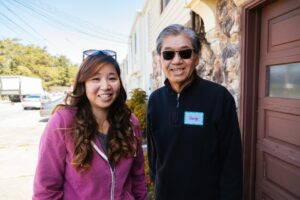
Grandpa stood out because he was accompanied by a young girl, who I later came to find out was his granddaughter. I struck up a conversation with them both – his granddaughter is one of the sweetest, most polite, and mature kids you’d ever meet. I watched as she helped Grandpa push his cart and get his food. Grandpa, who’s quite independent himself, just seemed very kind and had a gentle demeanor. Seeing the two together reminded me a lot of the times when I would help and spend time with my Grandpa when he was alive.
How did volunteering help you get to know them better?
In subsequent weeks, I kept seeing the duo. I would greet them, and then check in with Grandpa to make sure he was doing okay, and with his granddaughter to see how school was going. His granddaughter and I bonded over “girly things” and our love for stickers (something I used to collect when I was her age), so one day I brought her a few to share.
She was so gracious, and the following week, she brought me a lovely handmade and handwritten card. It was also at this point that I met the rest of the family (Grandpa’s son and daughter-in-law, aka the granddaughter’s parents). We chatted and from then on, we saw each other on the regular and became friends.
In late 2022, you stopped seeing Grandpa and his family for several weeks. What happened?
There was one week when his daughter-in-law and granddaughter showed up at the pantry just to come see me. That’s when I found out that Grandpa had an accident at home – he had fallen in the kitchen and broken his leg. He underwent surgery, and was in the hospital with quite a long recovery road ahead.
Dealing with a family health issue like that isn’t easy – and often comes with medical bills that can put a strain on budgeting for other necessities like food. How did your relationship with the family support them through this difficult time?
About two months went by, and I still hadn’t seen Grandpa return to the Pop-up Pantry. I was worried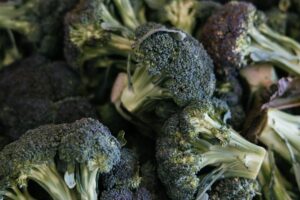 about his health and also wanted to make sure that he didn’t lose access to the pantry’s services if he was still in need of the food. That’s when I remembered that included in the handwritten card that his granddaughter had given me, was her mom’s contact info.
about his health and also wanted to make sure that he didn’t lose access to the pantry’s services if he was still in need of the food. That’s when I remembered that included in the handwritten card that his granddaughter had given me, was her mom’s contact info.
So, I reached out to see how Grandpa was progressing and to support them in finding ways to help Grandpa get back on his feet (including maintaining his access to food from the pantries). That’s where the whole community pitched in – his kind neighbors picked up his groceries for him, while his daughter-in-law became the primary caretaker to look after him at home.
Have you been able to speak with Grandpa since his accident?
After about nine months, I finally saw Grandpa return to the pantry with his daughter-in-law. It brought my dad and I so much joy to see Grandpa up and about, walking, and looking healthy and strong. We chatted for a bit, and both thanked us for just always sending good thoughts and checking in on them. For me personally, this was honestly one of the most rewarding days at the pantry. Not to mention, it was the first time that Grandpa got to see for himself the farmer’s market-style in action! 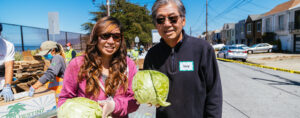



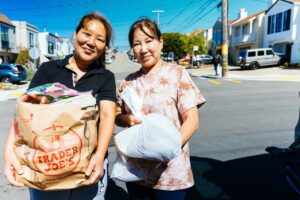

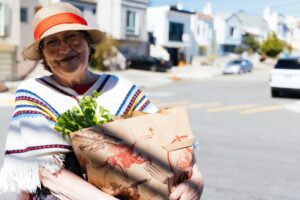
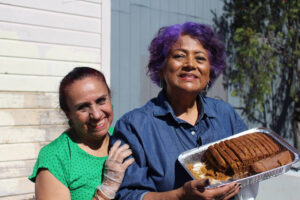
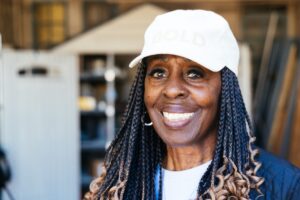
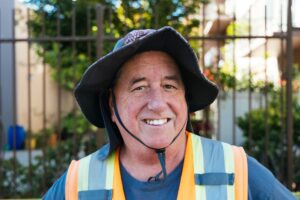
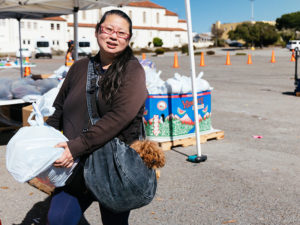 With her rescue dog Charlie slung over her hip in a crossbody bag (she says, “my passion is, I love dogs”), Cilla Lee was hard to miss at the Stonestown Pop-up Pantry where we met. And as she talked, three things became apparent: Cilla is a woman with a lot of ideas, a lot of drive, and a lot of herself to give. A San Franciscan since the age of five, she says that the pandemic “made [her] step up” when it came to supporting her community.
With her rescue dog Charlie slung over her hip in a crossbody bag (she says, “my passion is, I love dogs”), Cilla Lee was hard to miss at the Stonestown Pop-up Pantry where we met. And as she talked, three things became apparent: Cilla is a woman with a lot of ideas, a lot of drive, and a lot of herself to give. A San Franciscan since the age of five, she says that the pandemic “made [her] step up” when it came to supporting her community. 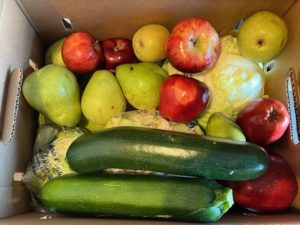 upon the concept of “Buy-Nothing Groups,” virtual and occasionally in-person communities where immediate neighbors exchange all types of goods, services and information– all for free, all from their own abundance, all as part of a “gift economy.”
upon the concept of “Buy-Nothing Groups,” virtual and occasionally in-person communities where immediate neighbors exchange all types of goods, services and information– all for free, all from their own abundance, all as part of a “gift economy.” 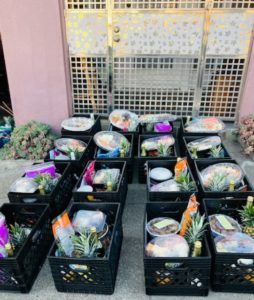 Cilla became the admin of the Outer Richmond Buy Nothing group on Facebook. While food isn’t often the primary focus of Buy Nothing groups, in the early pandemic, food donations started rolling in. At first, she started out by making baked goods and offering them up to add a little sweetness to her neighbor’s days.
Cilla became the admin of the Outer Richmond Buy Nothing group on Facebook. While food isn’t often the primary focus of Buy Nothing groups, in the early pandemic, food donations started rolling in. At first, she started out by making baked goods and offering them up to add a little sweetness to her neighbor’s days. 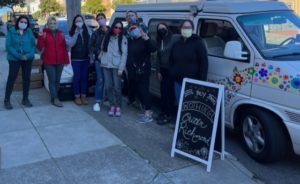
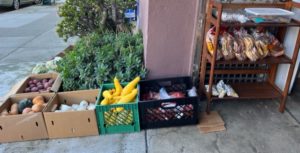
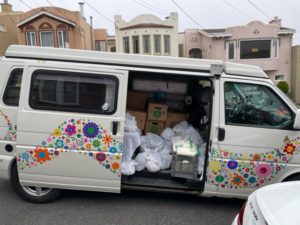
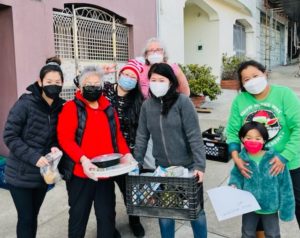 At the Food Bank, we’re grateful to learn from and be in partnership with people like Cilla, who use their knowledge of their neighbors to find hyper-localized, community-specific solutions and novel ways to fight hunger. Ultimately, like Cilla says, at the heart of it all is the gift of connecting with our neighbors– and food is a pathway to do just that.
At the Food Bank, we’re grateful to learn from and be in partnership with people like Cilla, who use their knowledge of their neighbors to find hyper-localized, community-specific solutions and novel ways to fight hunger. Ultimately, like Cilla says, at the heart of it all is the gift of connecting with our neighbors– and food is a pathway to do just that. 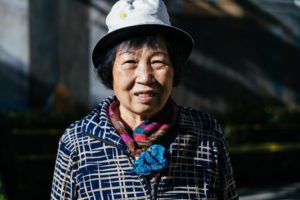 We met Hui Yu at her neighborhood pantry in the SOMA district, where she volunteers regularly and picks up groceries for her and her husband as well. Prior to retirement, Hui Yu worked in a restaurant kitchen, so she’s no stranger to feeding others. Now, she often cooks meals for friends in her senior living facility who can’t make it out to the pantry. Poultry was at the top of Hui Yu’s list as a holiday main: “
We met Hui Yu at her neighborhood pantry in the SOMA district, where she volunteers regularly and picks up groceries for her and her husband as well. Prior to retirement, Hui Yu worked in a restaurant kitchen, so she’s no stranger to feeding others. Now, she often cooks meals for friends in her senior living facility who can’t make it out to the pantry. Poultry was at the top of Hui Yu’s list as a holiday main: “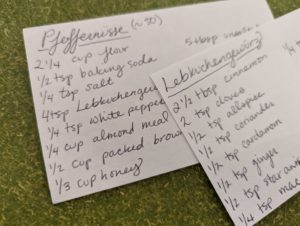 cookies)
cookies)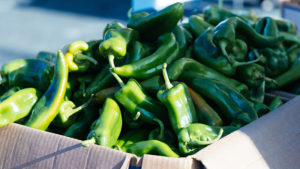 basis, traditional recipes that comes down from your family. My favorite recipe that was passed down to me is my mother’s okra.” At first thoughtfully pondering what else makes up her usual holiday table, Barbara began quickly listing other favorites: “
basis, traditional recipes that comes down from your family. My favorite recipe that was passed down to me is my mother’s okra.” At first thoughtfully pondering what else makes up her usual holiday table, Barbara began quickly listing other favorites: “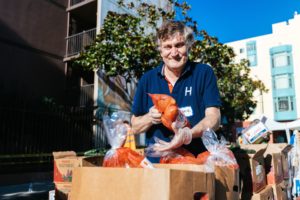 neighborhood pantry. He’s a military retiree and a volunteer at his local pantry, where he also picks up groceries for him and his wife. For his family, the holidays are about the joining of different traditions. “I have a traditional turkey dinner, where I usually go up to my sister’s house for Thanksgiving. And then I host a turkey dinner for my wife’s family. My wife’s Chinese, so we tend to do Chinese vegetables, mashed potatoes and cranberries [on the side].”
neighborhood pantry. He’s a military retiree and a volunteer at his local pantry, where he also picks up groceries for him and his wife. For his family, the holidays are about the joining of different traditions. “I have a traditional turkey dinner, where I usually go up to my sister’s house for Thanksgiving. And then I host a turkey dinner for my wife’s family. My wife’s Chinese, so we tend to do Chinese vegetables, mashed potatoes and cranberries [on the side].”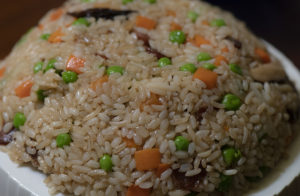 As Program Manager at the Food Bank, Kim is around good food quite a bit! But nothing quite compares to her family recipe for naw mai fan. “This is my mom’s recipe. She learned how to make this from my grandmother, an immigrant from the
As Program Manager at the Food Bank, Kim is around good food quite a bit! But nothing quite compares to her family recipe for naw mai fan. “This is my mom’s recipe. She learned how to make this from my grandmother, an immigrant from the 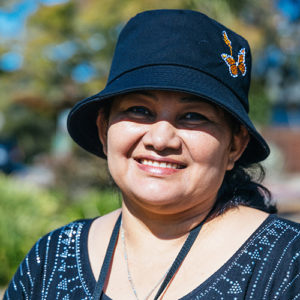 Sharing is caring! María is a mom, volunteer, and pantry participant in San Rafael. She told us that her family embraces potlucks during the holidays, but also for camping trips and other gatherings throughout the year.
Sharing is caring! María is a mom, volunteer, and pantry participant in San Rafael. She told us that her family embraces potlucks during the holidays, but also for camping trips and other gatherings throughout the year. 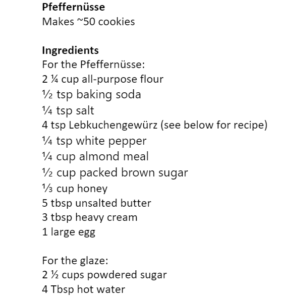
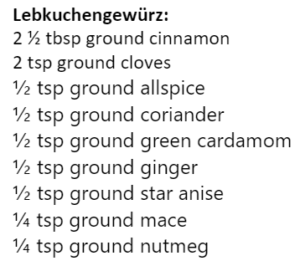
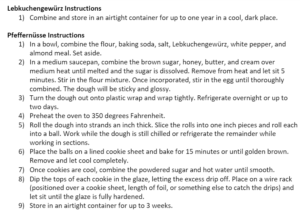
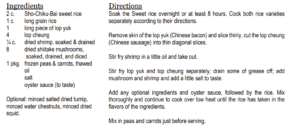
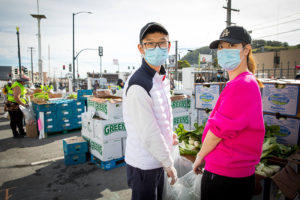 Wei Zong join other participant-volunteers in providing healthy groceries to their neighbors while also receiving food assistance themselves. For Jiakuang and his family, Thursday mornings at Cornerstone have been a time not only to receive and distribute food, but to mingle, talk, and laugh with other volunteers and food bankers.
Wei Zong join other participant-volunteers in providing healthy groceries to their neighbors while also receiving food assistance themselves. For Jiakuang and his family, Thursday mornings at Cornerstone have been a time not only to receive and distribute food, but to mingle, talk, and laugh with other volunteers and food bankers.
Share